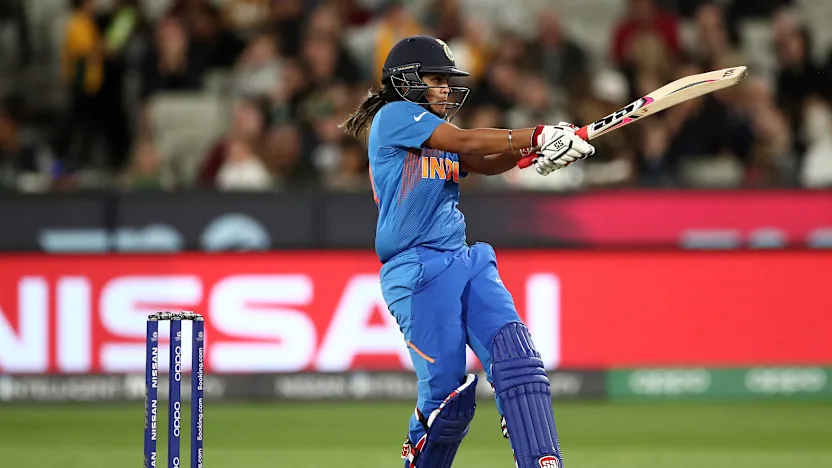Tired pitches, dry weather and deformed Dukes - it’s a tough year for bowlers

Things may not be quite as bad as they were in the long hot summer of 1990, when batsmen ran amok from April to September while footsore bowlers laboured with the Reader balls whose seams had been flattened by special decree from Lord’s, but 2025 is proving another big year of run-making.We are into the sixth Test match of the season — including the world Test Championship final — and have already seen 18 individual centuries, including a mammoth score of 269 from Shubman Gill, and four other innings in excess of 150. Overall, wickets have cost almost 36 runs apiece, the highest figure in an English summer since 2011.Then the Decision Review System, which shifted the balance of power back towards the bowlers after a decade of cheap runs, was in its infancy.There have also been some vertiginous scores in the County Championship, with Tom Banton and Dom Sibley both recording triple hundreds.Once again, the balls — this time those made by Dukes — are part of the story, because they have proved a constant frustration to bowlers. They go out of shape more readily than they used to and have been frequently replaced before the official 80-over change point (although as it happens, this first day at Old Trafford was spared the customary shenanigans with ball gauges).AdvertisementSeveral frontline bowlers in the England-India series are buying their wickets in excess of 50 apiece, among them Brydon Carse, Chris Woakes and Shoaib Bashir from England, and Prasidh Krishna and Ravindra Jadeja for India (Jadeja is actually averaging 110 with the ball).The Dukes ball’s tendency to lose its shape more readily than it used to is a constant source of frustration to bowlers GRAHAM HUNT/SHUTTERSTOCK EDITORIALThe other big feature of the season has been the parched pitches in what has been a dry summer. A lack of moisture in the ground — a key contributor to ball movement — due to a shortage of rain has probably been exacerbated by the now well-established problem of sophisticated drainage systems sucking residual dampness out of cricket squares at speed.Players and commentators have regularly noted the dry nature of the Test-match pitches during the past two months, and on the eve of this week’s game at Old Trafford, the England captain Ben Stokes said that conditions had been out of the ordinary. “The first three wickets [pitches] haven’t necessarily played the way we thought they were going to,” he said.Gill’s mammoth score of 269 is one of 18 individual centuries scored this summer ALEX DAVIDSON/GETTYIndia’s batsmen have rarely had it so good in this country. They are highly talented players, of course, but even someone as good as Virat Kohli endured a torrid time here in 2014 when the pitches were greener and the ball moved extravagantly through the air and off the pitch.When the ball does less, as it has in recent weeks, it becomes a very different game, and the likes of Gill, KL Rahul, Rishabh Pant and Yashasvi Jaiswal have been hard to contain. India’s batsmen are collectively averaging well above 40, whereas in 2011, 2014 and 2018, in series won decisively by England, that figure was in each case around 23. Even on India’s previous Test tour to England, which was drawn 2-2, they only averaged 26.40.AdvertisementOf course, a common feature of all those earlier series was the presence of James Anderson and Stuart Broad, master operators in the kind of classic English bowling conditions that have now become a thing of the past.A broader point is that many of the squares at the major venues appear tired. The Lord’s pitch for the third Test was typical of many pitches seen there this summer, including the one used for the Test Championship final between South Africa and Australia, namely slow and low, and hard work for bowlers once the ball lost its hardness. The surface at Edgbaston was turgid and bowling at Old Trafford has been tough going all season.This is a consequence of growing fixture congestion. This has only got worse since the advent of the Hundred, with six of the eight teams — men’s and women’s — based at the principal Test grounds, and it is one of the reasons why some counties are developing second venues to divert fixtures and reduce demand on training facilities.Various suggestions have recently been mooted to give bowlers more help, including taking the second new ball at an earlier stage.















